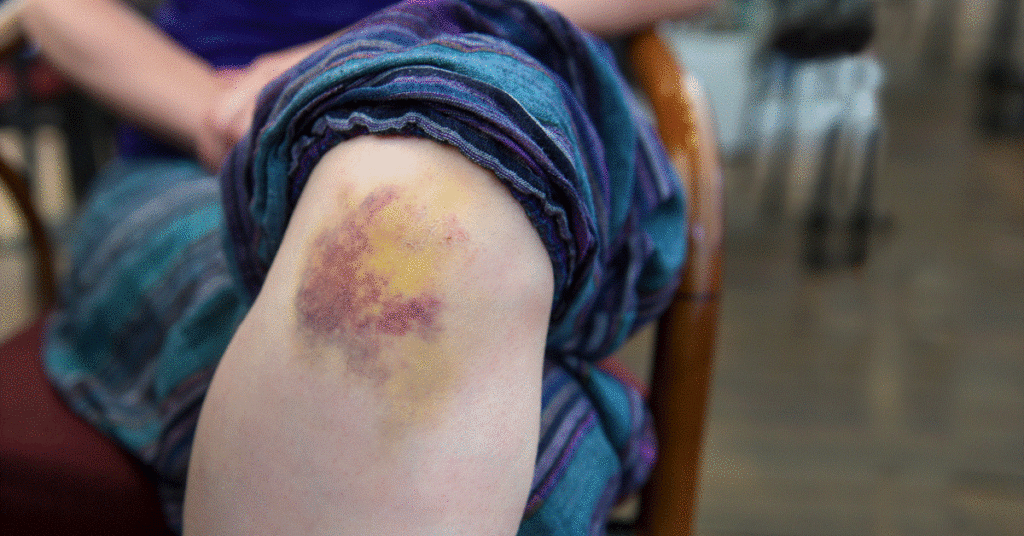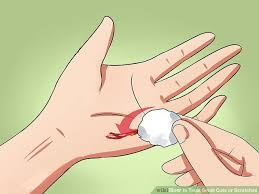
First aid is the first and immediate assistance given to any person suffering from either a minor or serious illness or injury, with care provided to preserve life, prevent the condition from worsening, or to promote recovery. It includes initial intervention in a serious condition prior to professional medical help being available.
Notice that first aid is the immediate care that is performed before the professional medical assistance arrives or is not available. First aiders are not expected to be doctors or to have a great knowledge about medicine. If you are called on to administer first aid to an injured person, you must be able to recognize and treat a variety of problems, some that could be very serious. Knowing what to do and what not to do is very important and everyone should know something about basic first aid. Proper first aid in a very serious situation, before the professional arrives, can be the difference between life and death.
The skills that we call “first aid” have been recorded throughout history, wherever the care of traumatic and medical cases was required.
The parable of the Good Samaritan includes references to binding or dressing wounds…
But a Samaritan, as he traveled, came where the man was; and when he saw him, he took pity on him. 34 He went to him and bandaged his wounds, pouring on oil and wine. Then he put the man on his own donkey, brought him to an inn and took care of him. Luke 10: 33-34
There are many situations which may require first aid. The primary goal of first aid is to prevent death or to keep serious injury from worsening. The key goal of first aid can be summarized with three Ps’…
Preserve life: The overriding aim of all medical care, which includes first aid, is to save lives and minimize the threat of death. First aid done correctly should help reduce the patient’s level of pain and calm them down during the evaluation and treatment process.
Prevent further harm: Prevention of further harm includes addressing both external things, such as moving a patient away from harm, and then applying first aid techniques to prevent worsening of the condition, such as applying pressure to stop a dangerous bleeding situation.
Promote recovery: First aid also involves trying to start the recovery process from the illness or injury, and in some cases might involve completing a treatment, such as in the case of applying a first aid cream to a small wound.
It is important to note that first aid is not medical treatment and cannot be compared with what a trained medical professional provides. First aid involves making common sense decisions in best interest of an injured person.
Some Common Things That May Require First Aid
BRUISE
What is a bruise? A bruise is an injury, such as a black eye, where the skin turns a darker shade of color because the blood vessels are broken. The treatment for a bruise is to place something cold on the injured area to prevent additional tissue swelling and to slow down the internal bleeding. A handkerchief dipped in cool water or an ice cube wrapped in a cloth works very well.

BURNS
Burns are classified according to the degree of skin damage.
- A first-degree burn can be recognized by a light redness of the skin with some swelling and pain. You can get a first-degree burn from the sun (sunburn) or touching something that is hot, like a frying pan.
- A second-degree burn will cause the skin to turn a darker red color and blisters will begin forming around the area that is burned. You can get a second-degree burn from the sun, from a fire, or being scalded by hot liquids. The treatment for both degrees of burns is the same. It is important to cool the burned area as soon as possible. This can be done by soaking the burned area in cold water or by applying cold-water soaked pads.
- In third degree burns, there is deep tissue damage. The victim urgently needs medical attention. Treat these by covering the burned area with a thick, clean, dry bandage or with clean plastic wrap or plastic bags. The burned area is especially sensitive to infection and should be kept as clean as possible. Also treat for shock.

BLISTERS
Most blisters appear on the feet and hands because of something continually rubbing against the skin. At first, the skin will turn red and become tender. If the rubbing continues, a blister will be formed. The blister is a cushion of water; the body’s way of protecting the skin from further injury. Never break a blister. The best treatment is to keep it clean and covered with a bandage or moleskin.

INSECT BITES
There are many insects that annoy us with their bites. Chiggers, ants, flies, ticks, gnats and mosquitoes are just a few. The treatment for these bites is to dab a small amount of hydrocortisone cream, calamine lotion or a baking soda paste to the bite or sting several times daily on the area to relieve any itching or minor pain. Do this until your symptoms go away.

TICK BITES
If the bite is from a tick, most tick bites are painless and cause only minor signs and symptoms, such as redness, swelling or a sore on the skin. But some ticks transmit bacteria that cause illnesses, including Lyme disease and Rocky Mountain spotted fever. In general, to transmit Lyme disease a tick needs to be attached for at least 36 hours. Other infections can be transferred in a few hours or even a few minutes.To take care of a tick bite…
- Remove the tick promptly and carefully. Use fine-tipped forceps or tweezers to grasp the tick as close to your skin as possible. Gently pull out the tick using a slow and steady upward motion. Avoid twisting or squeezing the tick. Don’t handle the tick with bare hands. Experts don’t recommend using petroleum jelly, fingernail polish or a hot match to remove a tick.
- If possible, seal the tick in a container. Put the container in a freezer. Your doctor may want to see the tick if you develop new symptoms.
- Wash your hands and the bite site. Use warm water and soap, rubbing alcohol, or an iodine scrub.
WHEN TO CONTACT YOUR DOCTOR
- You aren’t able to completely remove the tick. The longer the tick remains attached to your skin, the greater your risk of getting a disease from it.
- The rash gets bigger. A small red bump may appear at the site of the tick bite. This is normal. But if it develops into a larger rash, perhaps with a bull’s-eye pattern, it may indicate Lyme disease. The rash usually appears within three to 14 days.
- You develop flu-like signs and symptoms. Fever, chills, fatigue, muscle and joint pain, and a headache may accompany the rash.
- You think the bite site is infected. Signs and symptoms include redness or oozing.
- You think you were bitten by a deer tick. You may need antibiotics.
Also consult your doctor if signs and symptoms disappear because you may still be at risk of the disease. Your risk of contracting a disease from a tick bite depends on where you live or travel to, how much time you spend outside in woody and grassy areas, and how well you protect yourself.

Tick Bite with bull’s-eye pattern, which may indicate Lyme disease
SMALL CUT
When you have a small cut, you should guard it against germs and infection. Wash the wound with soap and water and apply an antiseptic such as Neosporine. You should then cover the wound with a bandage.

NOSE BLEEDS
If your nose starts bleeding, the easiest way to stop it is to apply a cold, wet cloth directly to the nose or to pinch the nostrils between your fingers for a few minutes while tilting your head forward. In the past is was taught to tip your head back, but this caused the blood to run down into the person’s stomach and could give the person an upset stomach. Instead, tilt you head slightly forward. The bleeding should stop after several minutes. If the bleeding does not stop seek medical attention.

SPLINTERS
Splinters are small fragments of wood, metal or glass that enter and break off just below the surface of the skin. The easiest way to remove them is with a tweezers or sterile needle. Once the splinter is removed, the area should be treated as you would a small cut, by washing and then covering with a bandage.
